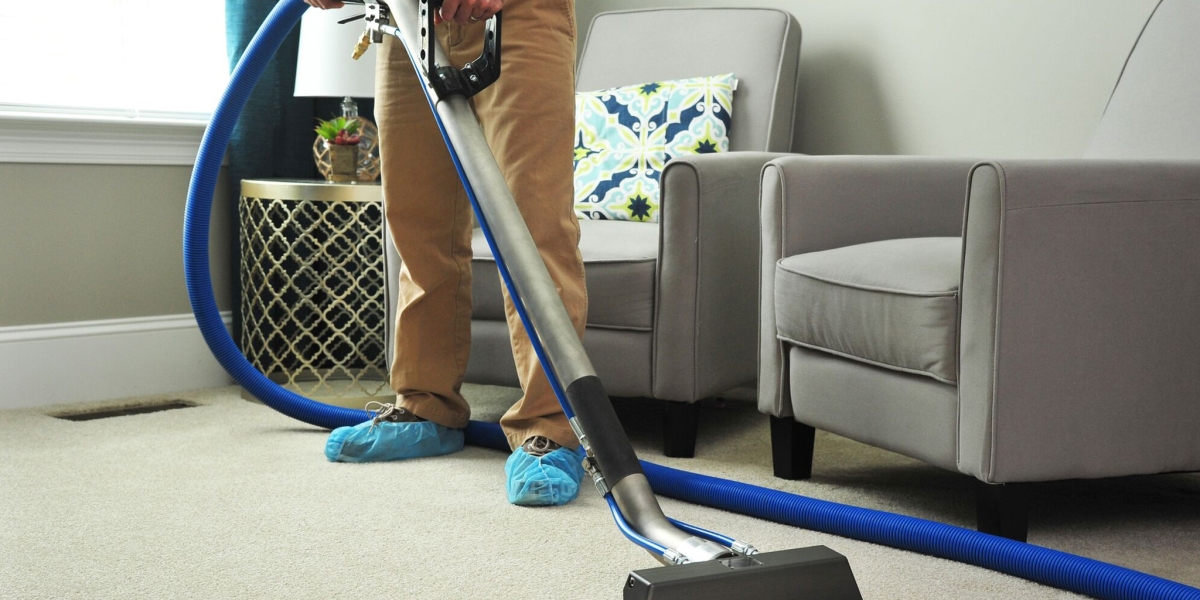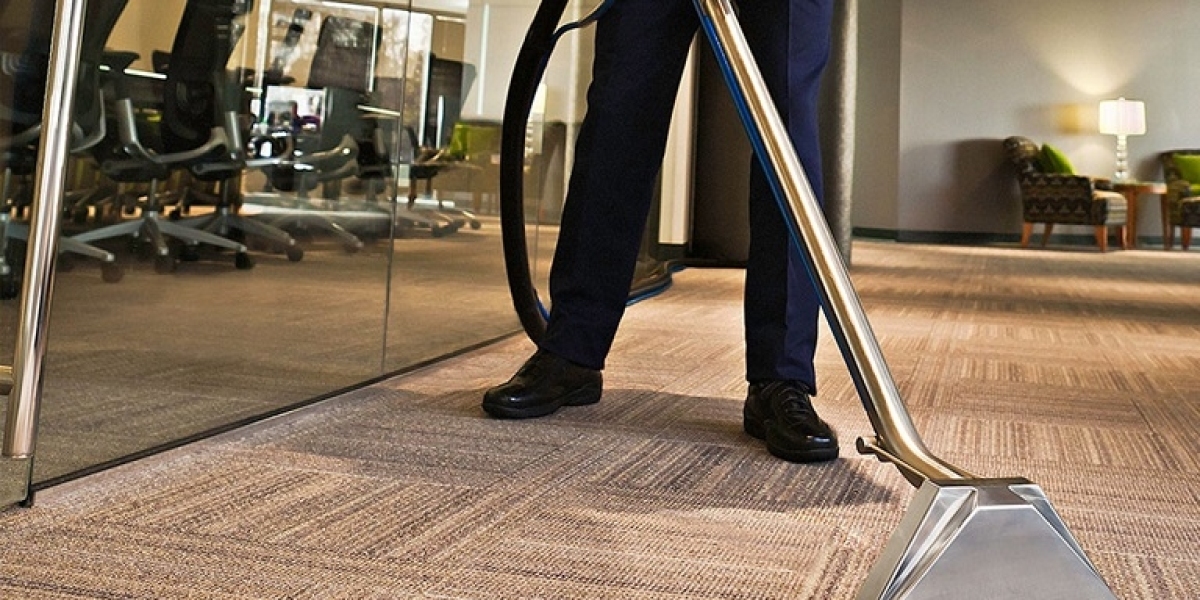Is a Walking Pad the Secret to Effortless Fitness? Discover the Truth!
In a world where convenience reigns supreme, walking pads have emerged as a popular solution for those looking to integrate fitness into their busy lives. As more individuals prioritize working out at home, these compact, user-friendly devices have captured the attention of many fitness enthusiasts and novices alike. Walking pads offer a unique blend of portability and functionality, making them an attractive option for anyone looking to increase their daily activity without the need for a dedicated gym space. This article seeks to evaluate whether investing in a walking pad is worth it, delving into key features, pricing considerations, and real user reviews to help you make a well-informed decision.

Understanding Walking Pads
Walking pads are compact, lightweight alternatives to traditional treadmills, designed specifically for walking rather than running. Unlike the bulky treadmills often found in gyms, walking pads boast a slimmer profile, allowing for easy storage and portability. Their design typically features a flat surface and a minimalist aesthetic that fits seamlessly into home environments. Many walking pads come equipped with basic controls for speed adjustments and safety features, such as an automatic shut-off when not in use. This user-friendly approach caters to individuals who may feel intimidated by complex gym equipment, making walking pads a great entry point for those new to home fitness.
Key Features to Consider
When considering a walking pad, several essential features warrant attention. First, the size and weight capacity are paramount; a walking pad should comfortably accommodate your height and stride while fitting within your available space. Speed settings are another critical factor; most walking pads offer a range of speeds, allowing users to customize their workout intensity. Additionally, noise level is an important consideration, especially for those living in shared spaces. A quieter model can enable you to exercise without disturbing others. These features collectively impact user experience, ensuring that the walking pad aligns with your fitness goals and lifestyle needs.
Pricing and Value Assessment
The price range for walking pads can vary significantly, typically falling between budget-friendly options and more premium models. Factors influencing this pricing include the quality of materials, the complexity of features, and brand reputation. Compared to other fitness equipment, walking pads tend to be more affordable, especially when considering their compact design and multifunctionality. Additionally, the long-term value of a walking pad can be substantial; by encouraging regular walking, users may experience improved health outcomes and reduced healthcare costs over time. Investing in a walking pad can be seen as a commitment to a healthier lifestyle that pays dividends in the long run.
User Reviews and Experiences
User experiences with walking pads vary, often highlighting both the benefits and drawbacks of the product. Many users praise their effectiveness for promoting daily physical activity, citing the convenience of being able to walk while watching TV or working from home. They appreciate the ease of use and the ability to fit exercise into their busy schedules. However, some criticisms do arise; certain users mention limitations in speed settings or the absence of advanced features that are standard in traditional treadmills. Additionally, issues with durability and noise levels are common points of feedback. Balancing these perspectives can provide potential buyers with a realistic view of what to expect from a walking pad.
Investment Insights for Walking Pads
In summary, walking pads present a unique solution for those looking to incorporate more movement into their daily routines without the need for extensive workout equipment. By examining their features, pricing, and user experiences, it becomes clear that walking pads can be a worthwhile investment for many individuals. However, personal fitness goals and available space should be key considerations in the decision-making process. If you value convenience and are seeking a practical way to stay active at home, a walking pad may just be the secret to effortless fitness you're looking for.








